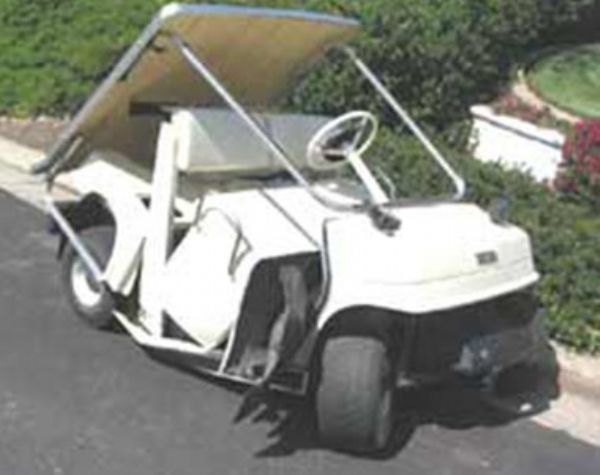A
Article 3
Guest
Not inclusive. The Vans we used are not rated at 10,000 GVW or over yet they had to be plated commercially.Residential here.
So are PVD's. They do not have to be plated as commercial.
Remember, a commercial motor vehicle definition?
Commercial motor vehicle means any self-propelled or towed motor vehicle used on a highway in interstate commerce to transport passengers or property when the vehicle—
(1) Has a gross vehicle weight rating or gross combination weight rating, or gross vehicle weight or gross combination weight, of 4,536 kg (10,001 pounds) or more, whichever is greater; or
(2) Is designed or used to transport more than 8 passengers (including the driver) for compensation; or
(3) Is designed or used to transport more than 15 passengers, including the driver, and is not used to transport passengers for compensation; or
(4) Is used in transporting material found by the Secretary of Transportation to be hazardous under 49 U.S.C. 5103 and transported in a quantity requiring placarding under regulations prescribed by the Secretary under 49 CFR, subtitle B, chapter I, subchapter C.
Not plated as commercial.
I know.
Or not to be used in an enclosed space without proper ventilation.
Proper ventilation is only 2 square feet. They may be enclosed, but are not sealed.
Guess not.
May be true, but ours are residential.
There's more to it than that little excerpt.
Was that proper ventilation description from the manufacturer of that heater? BTUs and carbon monoxide output have everything to do with the rating of cfm's to sweep an area and I bet NFPA has regulations covering the situation as well.
I bought a small Chevrolet truck a few years ago that had a custom area built in the rear out of fiberglass. It only weighed 3500 pounds and the manufacturer only allowed it to be plated for 6000 GVW. I tried to get residential plates on it but because the VIN number was set up to be a commercial vehicle the license bureau would not let me change it.
There's other variables at play here.


